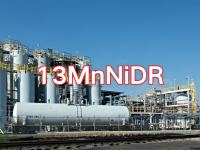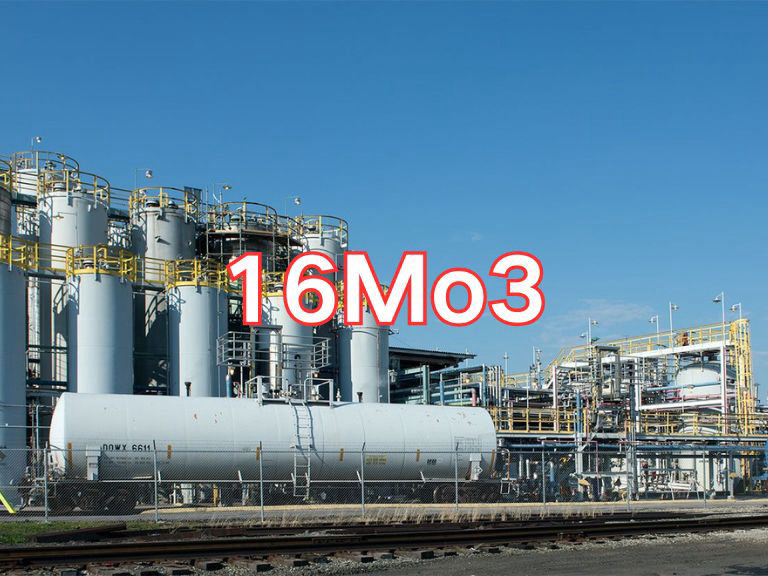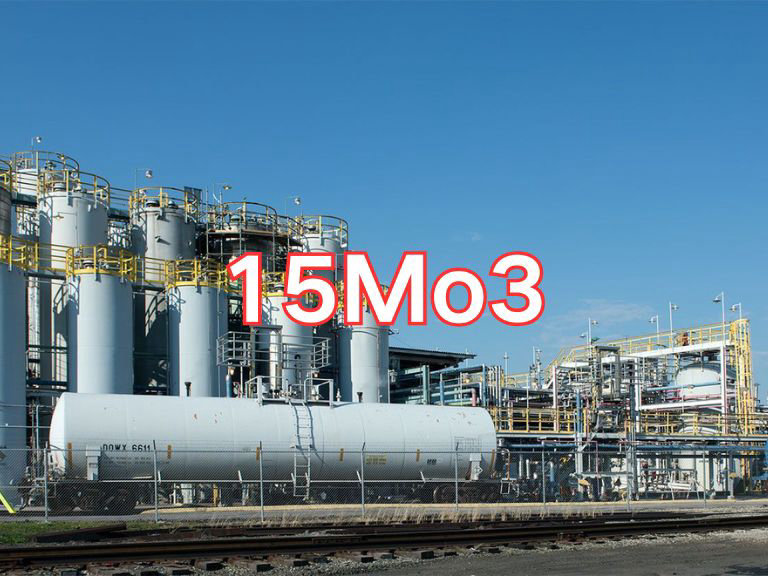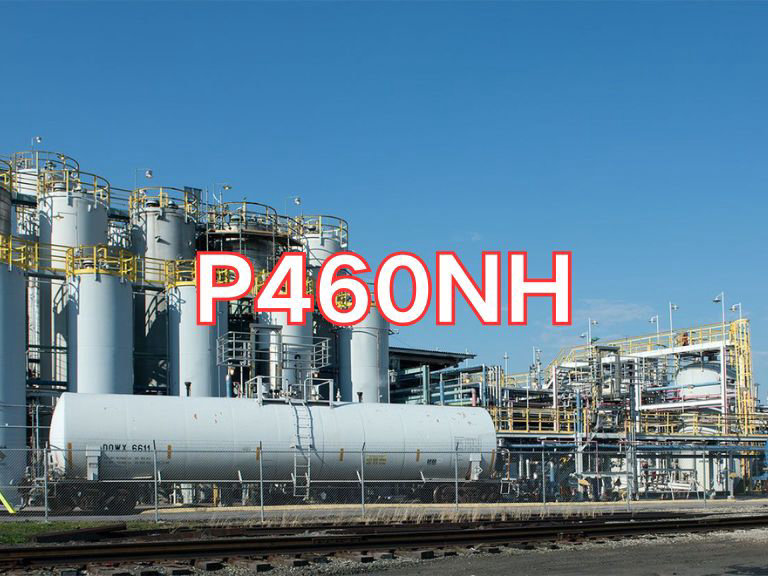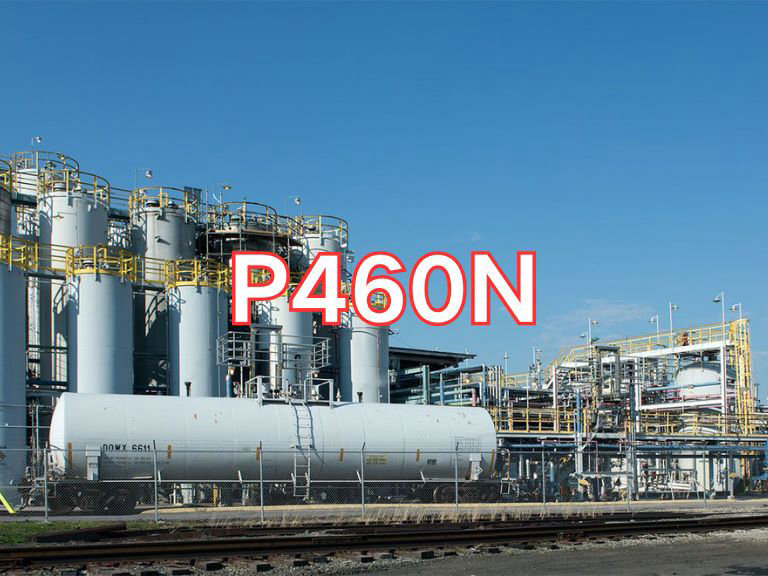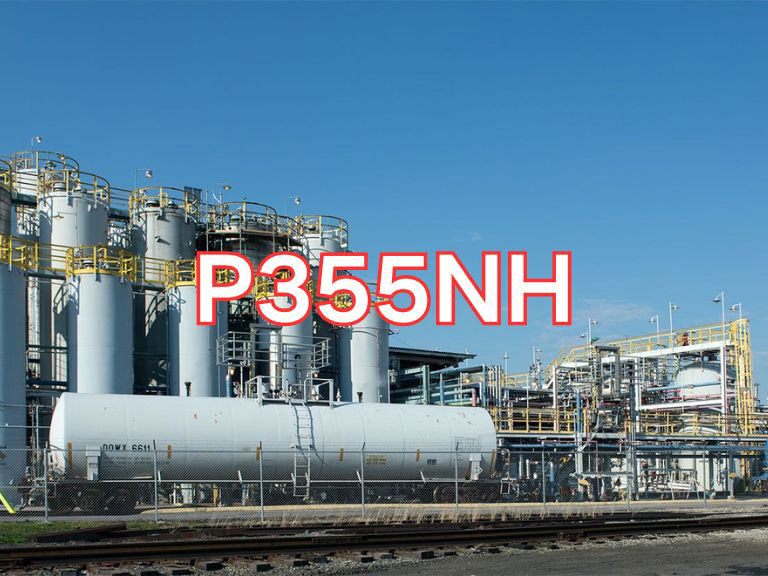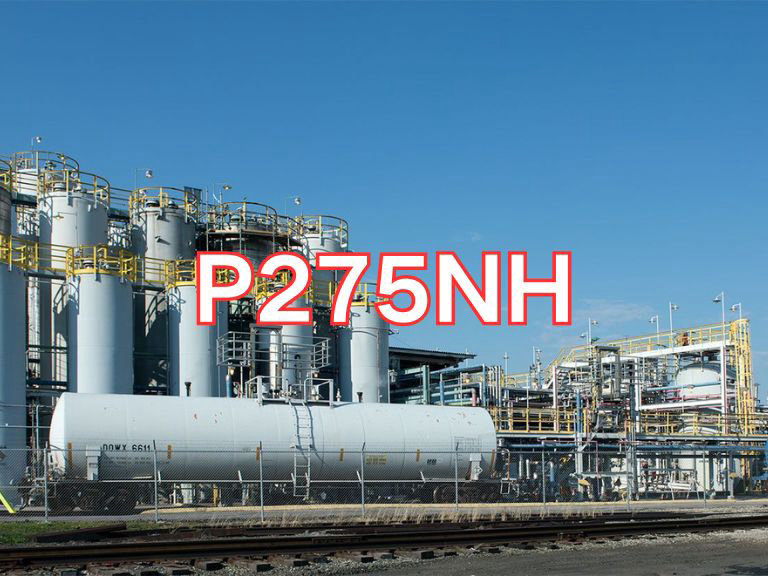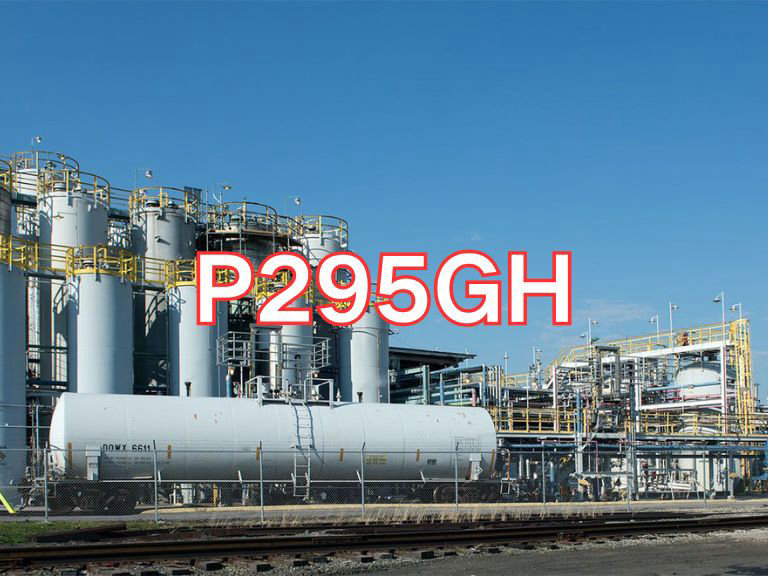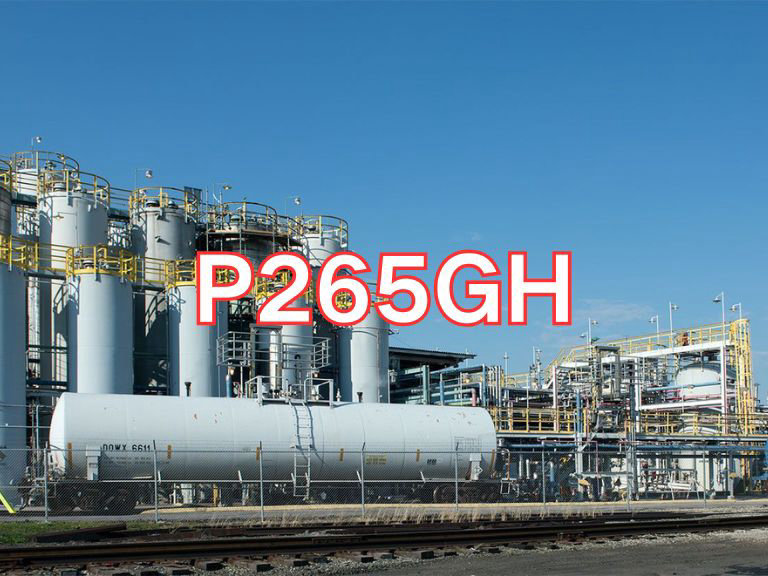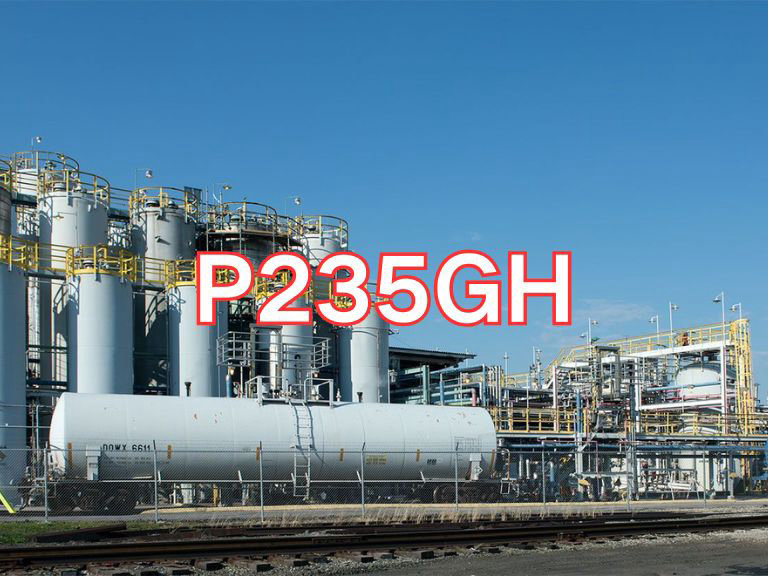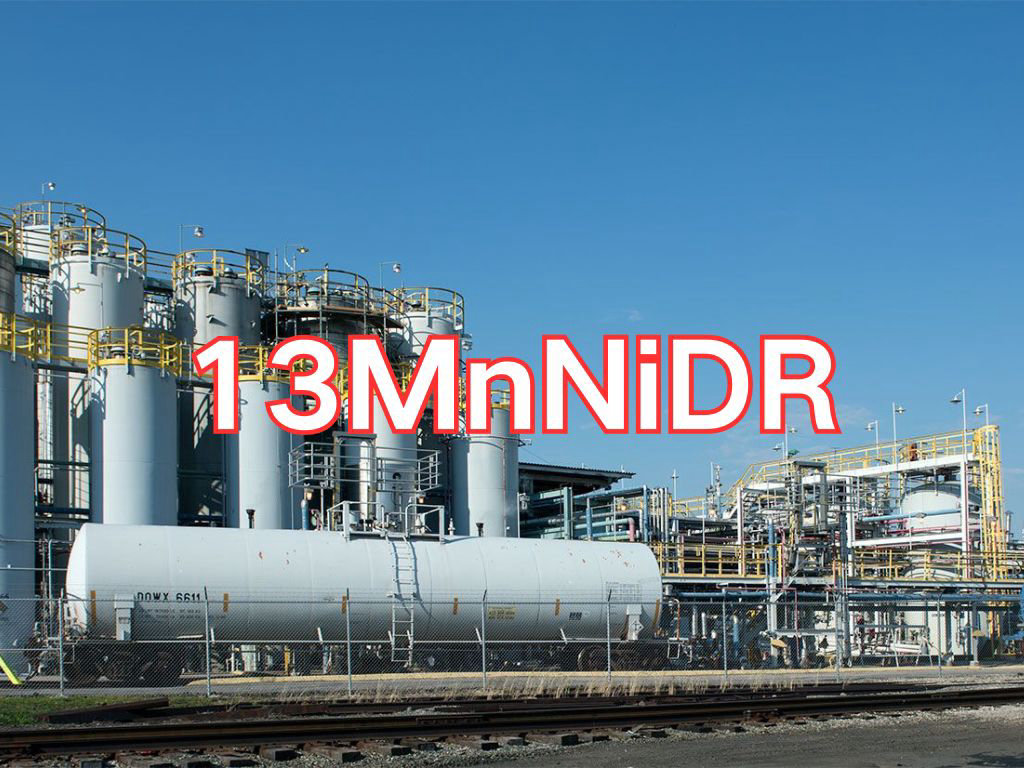

13MnNiDR
13MnNiDR is a high-strength, high-toughness low-alloy steel plate specifically designed for low-temperature pressure vessels. Its designation carries clear technical meaning: "13" indicates an average carbon content of approximately 0.13% (by weight); "Mn" and "Ni" represent the key alloying elements manganese and nickel, which enhance strength and low-temperature toughness; "D" denotes the quality grade, requiring Charpy impact testing at -20°C; and "R" stands for "Rong" (Chinese pinyin for "vessel"), indicating its use in pressure equipment. Thus, 13MnNiDR refers to a low-temperature pressure vessel steel with ~0.13% carbon, alloyed with manganese and nickel, and meeting grade D quality requirements.
This steel plate is primarily used in the fabrication of welded pressure vessels operating in low-temperature environments ranging from -40°C to -20°C. It is widely applied in industries such as petrochemicals, liquefied natural gas (LNG) storage, air separation units, and cryogenic transportation equipment. Due to the harsh service conditions, the material must maintain sufficient strength while exhibiting excellent low-temperature toughness and good weldability. The addition of nickel (typically 0.7%–1.0%) significantly improves low-temperature toughness, enabling the steel to retain high impact energy (average ≥27J) even at -40°C, effectively preventing brittle fracture. Its tensile strength ranges stably between 510–640 MPa, with a yield strength ≥355 MPa, fully meeting structural strength requirements for pressure vessels. Additionally, the steel has a low carbon equivalent, ensuring good weldability—often requiring no preheating or only minimal preheating—thus enhancing construction efficiency and safety.
Currently, 13MnNiDR steel plates are manufactured and inspected in accordance with the Chinese national standard GB/T 3531-2014 Steel Plates for Low-Temperature Pressure Vessels. Published and implemented in 2014, this standard replaced the previous GB/T 3531-2008 edition and imposes stricter requirements on chemical composition, mechanical properties, impact toughness, and ultrasonic testing, ensuring reliability under extreme low-temperature conditions. As one of the mainstream grades for low-temperature vessel steels in China, 13MnNiDR has become a key domestic material for energy and chemical equipment due to its excellent overall performance and mature production process.

Ultrasonic Testing (UT)
A key non-destructive testing technique that uses high-frequency sound waves to detect internal flaws in steel plates. The probe emits sound waves, which reflect when encountering defects such as cracks or inclusions. The receiver captures the echoes, enabling precise determination of defect location and size. With high sensitivity, strong penetration, and fast inspection speed, UT effectively ensures internal quality, widely used in the production of heavy plates, pressure vessel plates, and other high-end products to guarantee safety and reliability.

Magnetic Particle Testing (MT)
A common surface inspection method that magnetizes the workpiece, causing leakage magnetic fields at surface or near-surface defects like cracks or inclusions, which attract magnetic particles to form visible indications. Simple to operate and highly sensitive, MT is suitable for rapid inspection of surface and near-surface flaws in ferromagnetic materials, widely used for online or offline inspection of plate edges, ends, and welds, ensuring product quality and safety.

Penetrant Testing (PT)
A non-destructive method for detecting surface-breaking flaws. A penetrant liquid is applied to the cleaned steel surface, allowing it to seep into defects such as cracks or pores. After removing excess penetrant, a developer is applied, causing the trapped penetrant to bleed out and form visible indications. Simple and cost-effective, PT is suitable for inspecting surface defects in various non-porous materials, commonly used for welds, castings, and complex components, effectively ensuring surface quality of steel plates.

